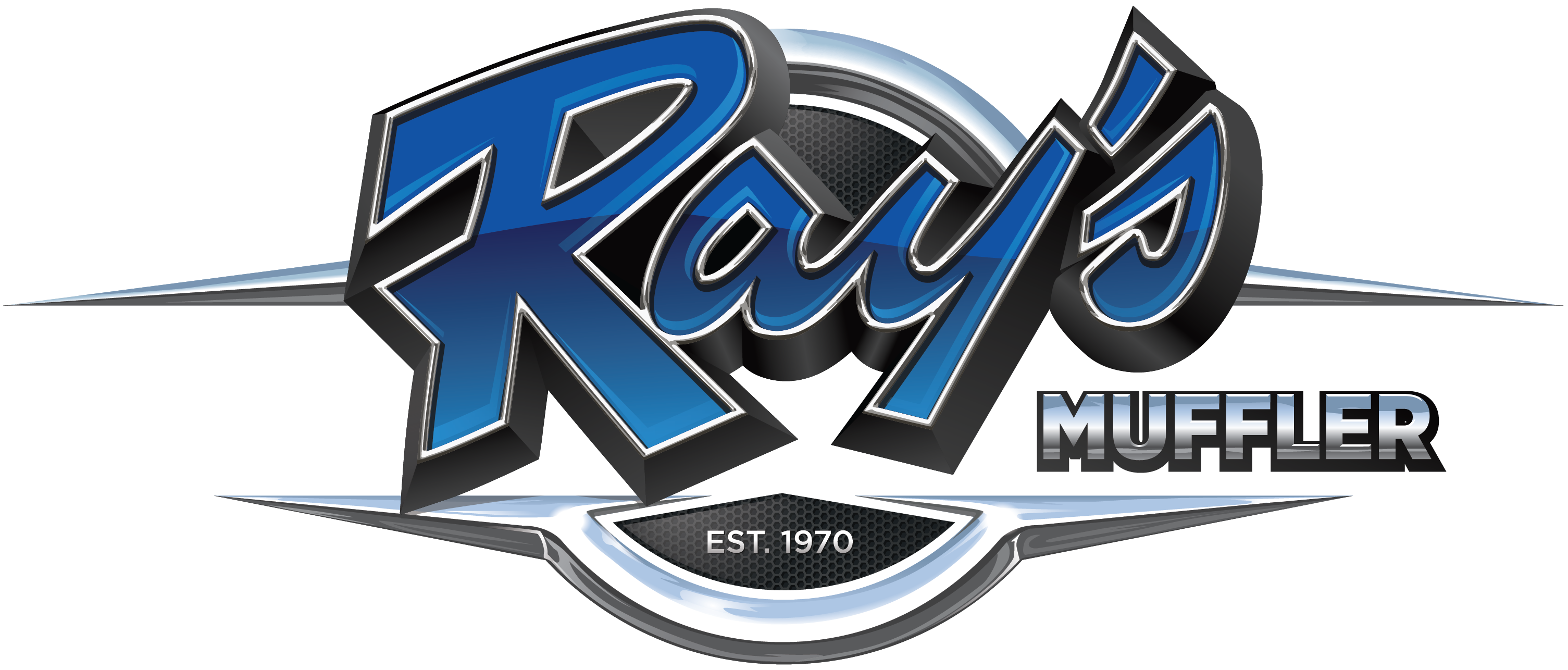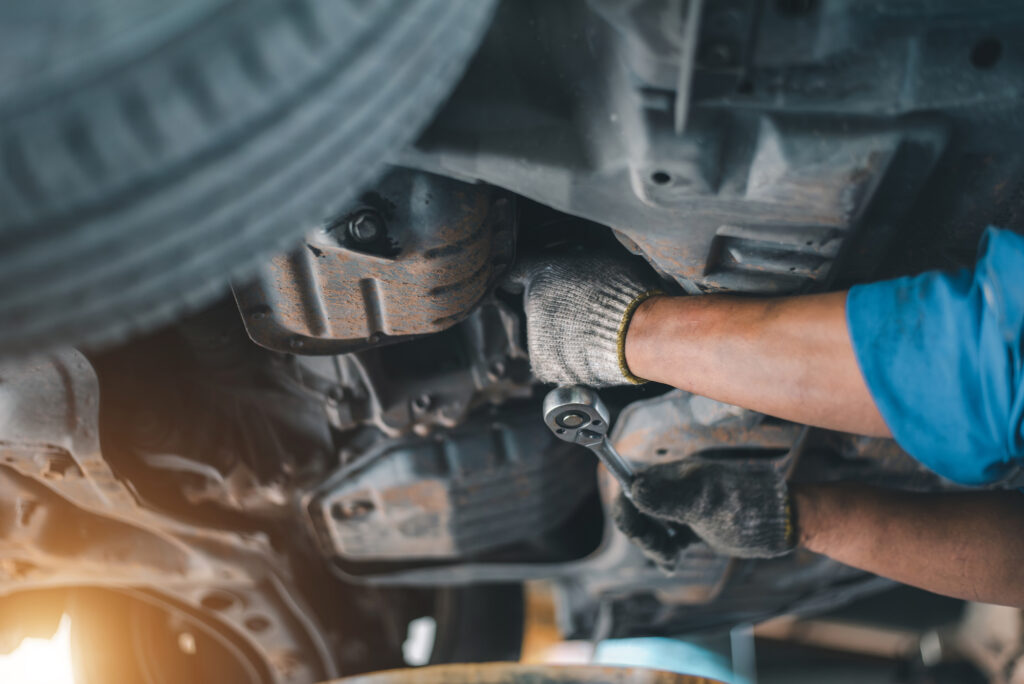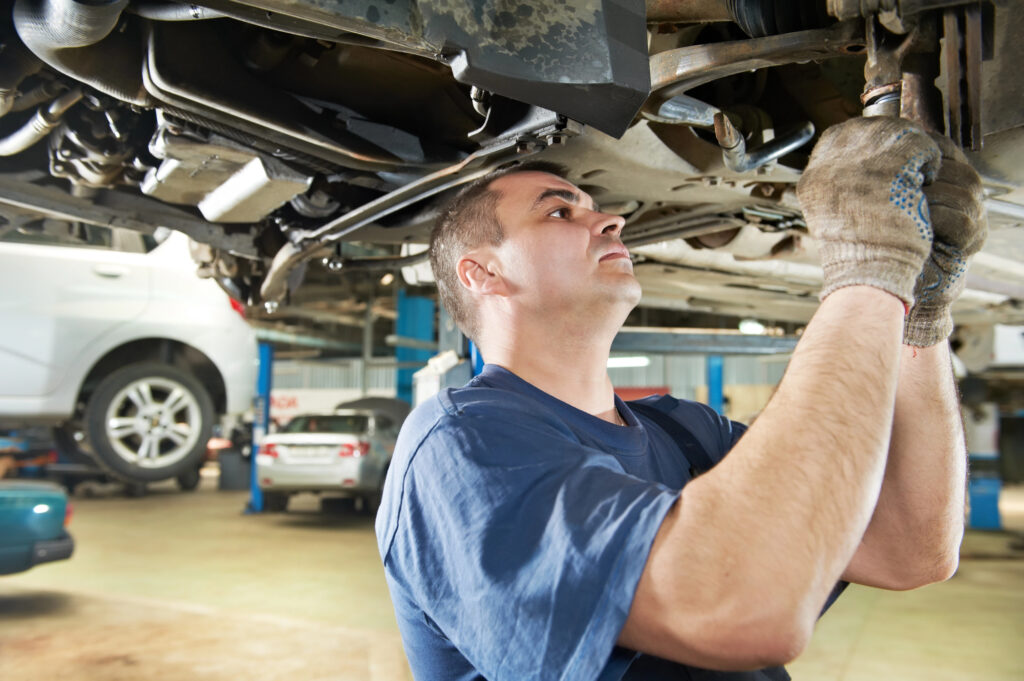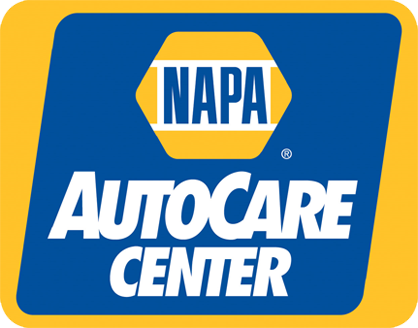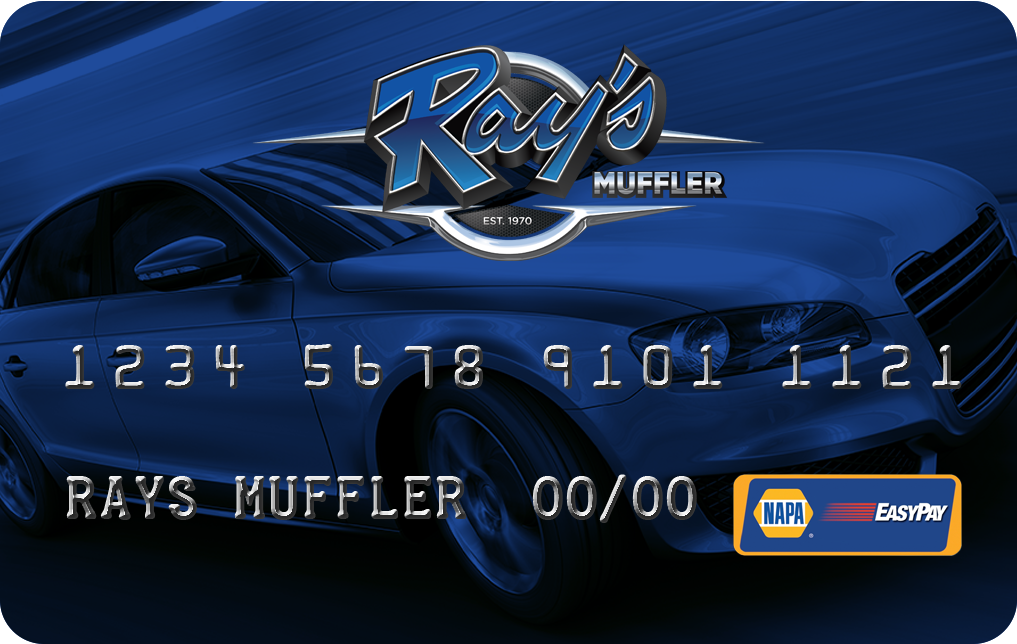Your brakes are your car’s most important safety feature—but did you know weather can seriously impact how well they work? From icy winter roads to scorching summer heat, each season presents unique challenges that can affect your stopping power. Understanding how weather affects your brake performance can help you stay safe and avoid costly repairs. In this blog, we’ll explore how different conditions impact brake performance and what you can do to keep your car in top shape, no matter the forecast.

Cold Weather
When winter hits Northern Utah, your vehicle’s brake system can take a beating. Cold temperatures can cause brake fluid to thicken, reducing responsiveness—kind of like trying to squeeze honey from a cold jar. Metal brake components may also shrink in the cold, which can lead to stiffness and reduced performance. Add in icy or snowy roads, and your stopping distances can increase dramatically, even if your brakes are functioning well.
To stay safe, it’s smart to warm up your vehicle before driving and gently test your brakes before hitting full speed. This gives your brake system a chance to adjust and ensures everything is working as it should. Whether you’re heading into the mountains or just commuting around town, being aware of how cold weather affects your brakes can help you stay in control. And if anything feels off, don’t wait—have a trusted mechanic check things out before problems escalate.
Hot Weather
Summer heat in Northern Utah isn’t just hard on you—it’s tough on your car, too. When temperatures soar, your brakes can suffer from something called brake fade, which happens when the system overheats and becomes less effective. It’s like trying to slow down on a roller coaster with worn-out brakes—not a great feeling.
High heat can wear down your brake pads faster and cause your rotors to warp, especially if you’re driving in stop-and-go traffic or down steep canyon roads. Even your brake fluid isn’t immune. Under extreme heat, it can start to boil, leading to a spongy brake pedal or reduced stopping power.
If you notice a burning smell, your brake pedal feels soft, or your car takes longer to stop, your brakes may be overheating. To stay safe during those scorching summer drives, keep an eye on how your brakes are performing and don’t hesitate to get them inspected if something feels off.
Wet or Rainy Conditions
Driving in wet or rainy conditions can be more stressful than it seems, especially when it comes to your brakes. When water gets between your brake pads and rotors, it can reduce the friction needed to stop effectively. That means your vehicle might not slow down as quickly as you expect—definitely not ideal when the roads are slick.
Rain also increases the risk of hydroplaning, where your tires lose contact with the road. Even with perfect brakes, if your tires can’t grip the surface, your stopping power takes a major hit. That’s why having proper tire tread and well-maintained brakes is so important.
In Northern Utah, where sudden rainstorms can sneak up, make sure your brake system is in top shape. Regular checks can help you avoid dangerous situations and give you peace of mind when the roads get wet.
Humid or Damp Conditions

In humid or damp conditions, moisture can linger on your brake components (especially overnight) which can lead to surface rust on rotors. While a little rust isn’t unusual and often wears off after a few stops, over time, it can cause brakes to feel sticky or squeal temporarily when you first hit the pedal. That sound might be annoying, but it’s your car’s way of telling you it’s dealing with moisture buildup.
If you live in a damp climate or frequently park outside, it helps to drive your car regularly to keep brake components dry and functioning properly. You can also park in a garage when possible and avoid letting your car sit unused for long periods in humid weather. Staying on top of maintenance and checking your brakes regularly helps ensure your vehicle stays safe and ready—rain or shine.
Seasonal Brake Performance Maintenance Tips
Seasonal changes in Northern Utah bring shifting temperatures and road conditions that can take a toll on your brakes. That’s why a quick brake inspection before each new season is a smart move. As the weather warms or cools, check your brake fluid levels, inspect pads for wear, and make sure your rotors are smooth and damage-free. These quick checks can prevent bigger issues down the line. If you notice squeaking, grinding, or reduced stopping power, it’s time to visit a mechanic. Staying ahead of the seasons means staying safe—and your brakes will thank you for it.
Choose Ray’s Muffler for Brake Maintenance
Your brakes keep you safe, so don’t wait until there’s a problem to give them attention. Regular maintenance helps you avoid costly repairs and keeps your vehicle ready for anything Northern Utah’s weather throws your way. Whether it’s the heat, cold, or rain, your brakes need to be in top shape. Schedule a brake inspection or maintenance service today at Ray’s Muffler and drive with confidence all year long.
